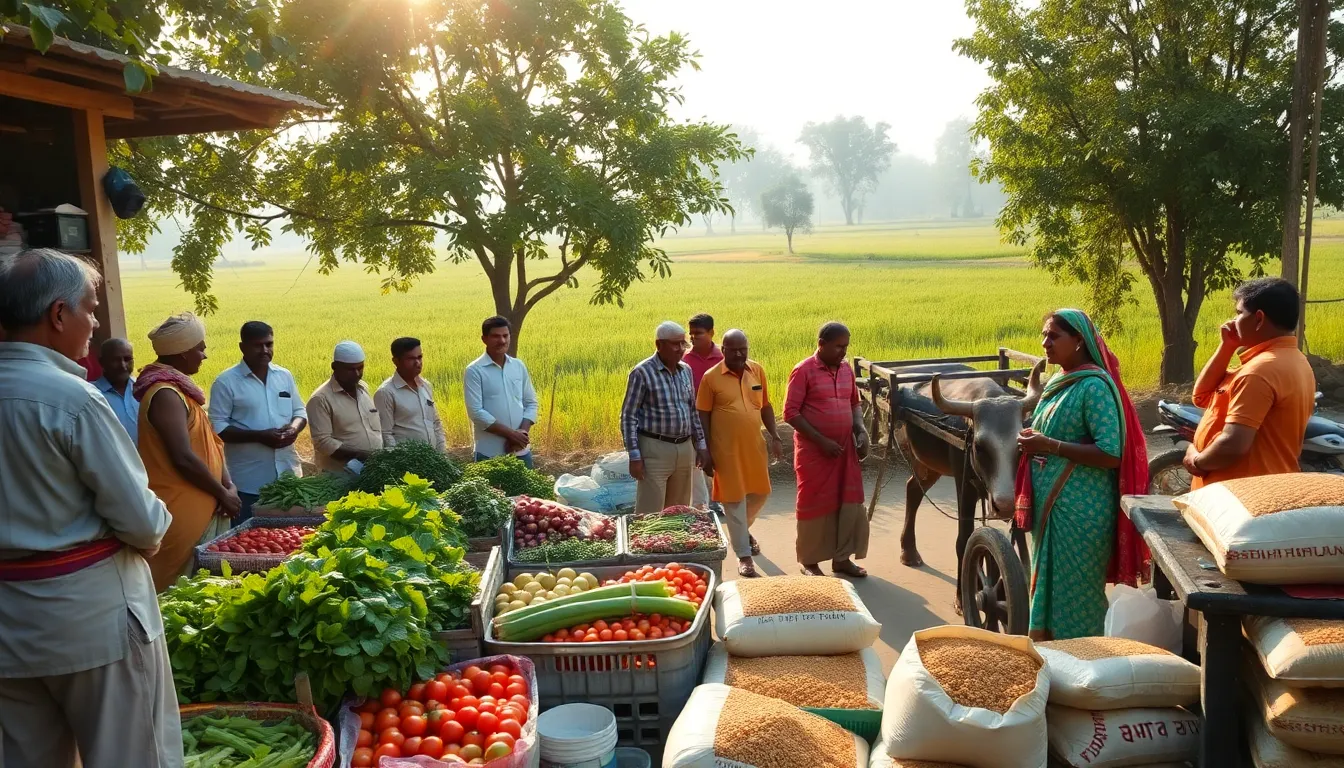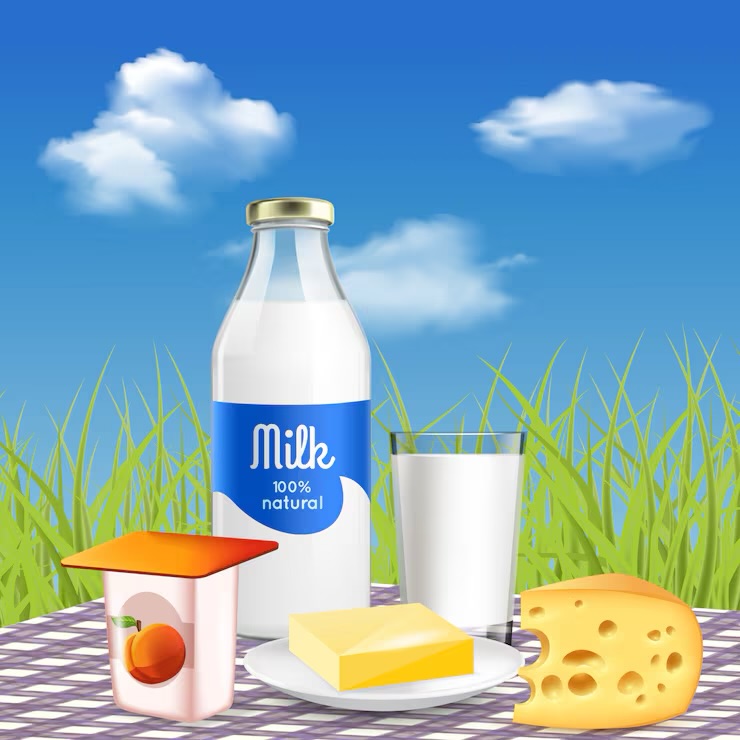In May 2025, global food prices saw a slight decline. This change was mainly due to lower prices for cereals, sugar, and vegetable oils. The Food and Agriculture Organization (FAO) of the United Nations reported that the FAO Food Price Index fell by 0.8 percent. This is good news for consumers but not for all food producers.
Cereal prices dropped by 1.8 percent. The good harvests in Argentina and Brazil played a big role in this fall. Farmers in these countries had better-than-expected corn yields. Additionally, there was lower global demand for wheat. While rice prices increased due to a rise in demand for Indica rice, it was not enough to offset the drop in other areas.
On the other hand, meat and dairy prices increased. The FAO reported that meat prices rose by 1.3 percent. This increase was due to higher demand for beef, pork, and sheep meat. German pork producers returned to the market after being cleared of foot-and-mouth disease. However, chicken prices fell. Concerns over avian flu affected global demand for poultry.
Dairy prices also saw an increase. They were up by 0.8 percent. Strong demand for butter in Asia kept prices high. Cheese and whole milk powder prices also rose. However, the demand for butter from the European Union decreased, which limited further increases.
The most significant drops were in vegetable oils and sugar. Vegetable oil prices fell by 3.7 percent. They are still 19.1 percent higher than a year ago, but the decline reflects larger palm, rapeseed, and sunflower oil supplies. Sugar prices dropped by 2.6 percent due to lower demand from the beverage and food processing industries. The uncertain global trade outlook has also impacted sugar prices.
The FAO Food Price Index provides an overview of food prices globally. It includes various food commodities and helps track trends over time. In May, the index averaged 127.7 points, reflecting a decrease from April. Compared to last year, the index is still higher by 6.0 percent, but it remains lower than its peak in March 2022.
In summary, while consumers may benefit from lower prices for cereals, sugar, and vegetable oils, farmers face challenges in other areas, especially with rising meat and dairy prices. The FAO continues to monitor these trends closely, as they can significantly impact food security worldwide. The food market is constantly changing, and staying informed is essential for both consumers and producers alike.





